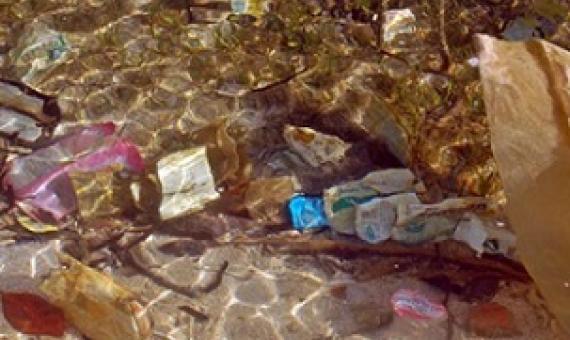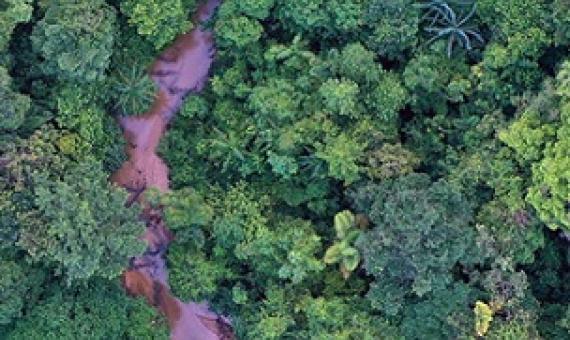“Do you need a plastic bag?” asks a store cashier. Bland as it may seem, that’s the kind of question that appears to be an effective nudge for tourists to take environmentally friendly action, according to a study.
A new report released in the leadup to the “Our Planet, Our Future” Nobel Prize Summit, provides an overview of the numerous challenges facing our planet due to human pressures, including the transgression of several planetary boundaries that help regulate and stabilize the Earth...The authors sa
Battle invasive species that threaten marine managed areas
Marine invasive species have received much less attention than terrestrial species worldwide. In the Pacific, the marine environment provides us with a significant part of our diet and income. Marine Managed Areas focus on protecting these important resources for livelihood purposes, biodiversity and ecosystem function, tourism and many other benefits. Although invasive species management is more difficult in the marine environment, it is not something we can neglect, and the efforts we put in need to increase. This guide seeks to provide some options for this management.
BIOPAMA regional inception meeting, Pacific.
Who are we? UN Environments specialist biodiversity assessment centre, based in Cambridge, UKAvailable online|Powerpoint presentationCall Number: [EL]Physical Description: 16 p
Tourism and visitor management in protected areas: guidelines for sustainability
Protected areas are a key component of any global conservation strategy. tourism provides a crucial and unique way of fostering visitors' connection with protected area values, making it a potentially positive force for conservation. Visitor experiences can be transformative. Tourism and visitor management in protected areas: Guidelines for sustainability.
Aichi target 11 status and Strategy for facilitating achievement through decentralized implementation showcasing Multiple Benefits. International support: CBD Secretariat
Aichi biodiversity targetsAvailable online|Powerpoint presentationCall Number: [EL]Physical Description: 36 p
State of Conservation in Oceania (SOCO) : Key findings
Key findings of the State of Conservation in Oceania 2013. For the 9th Pacific Islands Conference on Nature Conservation and Protected Areas, SPREP commissioned an assessment of the status of biodiversity and conservation in Oceania. This comprehensive regional report summarises the key findings on the state of conservation in the 22 countries and territories of the Pacific islands region.3 copies|Also available online|Holds link to the full reportCall Number: VF 7633 [EL],VF 7490Physical Description: 6p. : ill. (col.) ; 29cm.
Protected area short courses in Australia, Asia and the Pacific: training issues, needs and recommendations.
Landscape conservation, and management of protected areas in particular, needs leadership, knowledge, practical skills, science, innovation, creativity and collaboration.Available onlineCall Number: [EL]Physical Description: 58 p
Climate change, coral loss, and the curious case of the parrotfish paradigm: why don't marine protected areas improve reef resilience?
Scientists have advocated for local interventions, such as creating marine protected areas and implementing fishery restrictions, as ways to mitigate local stressors to limit the effects of climate change on reef-building coralsAvailable online.Call Number: [EL]Physical Description: 30 p
Priority sites for conservation in the Cook Islands: key biodiversity areas and important bird areas.
The Key Biodiversity Areas and Important Bird Areas (KBA's
& IBA's) approach is a simple, effective means of
implementing the protected areas elements of the Convention of Biological Diversity (CBD). KBAs and IBAs are places of
international importance for the conservation of biological diversity through protected areas and other governance mechanisms.Available onlineCall Number: [EL]Physical Description: 38 p








